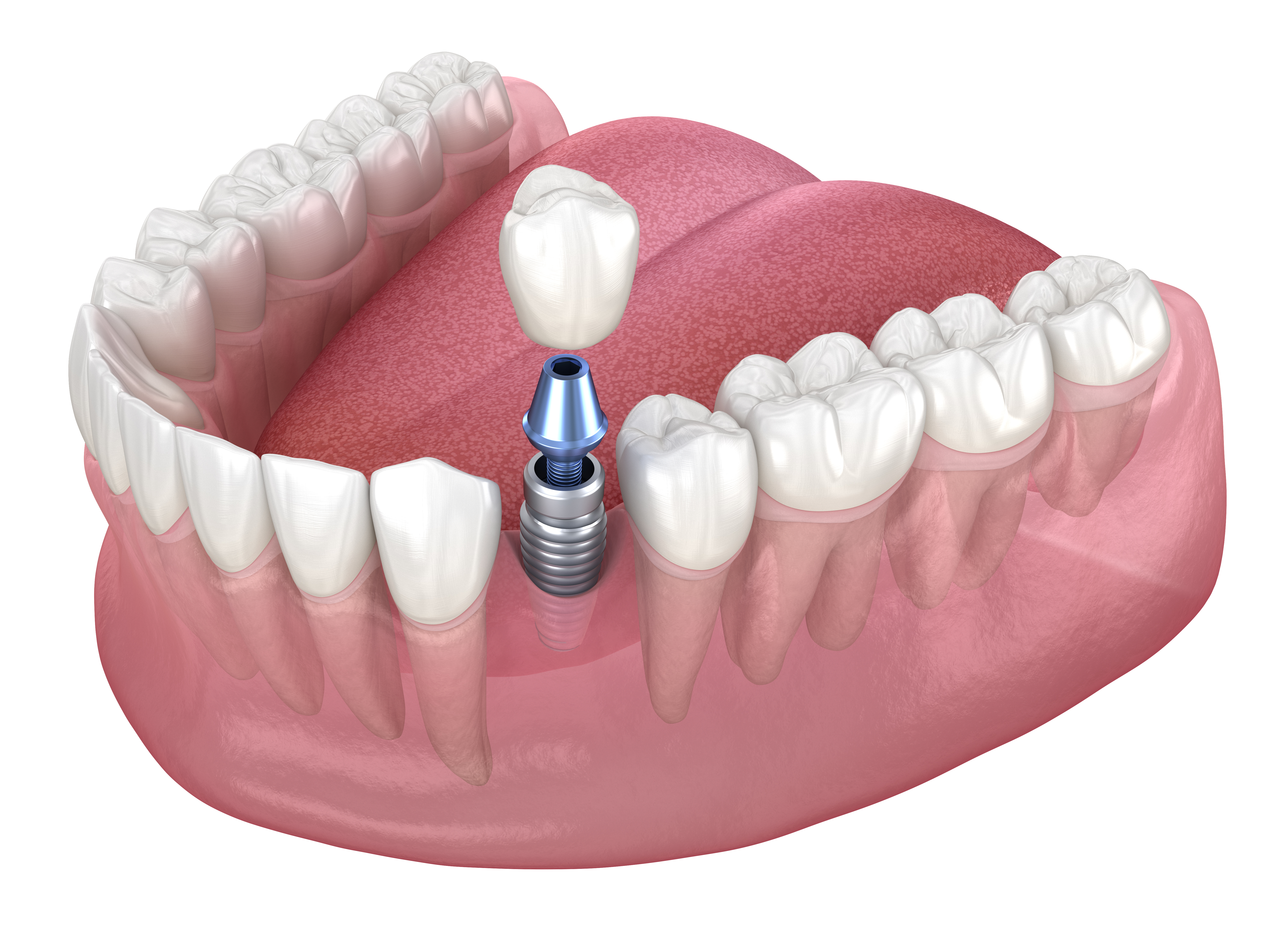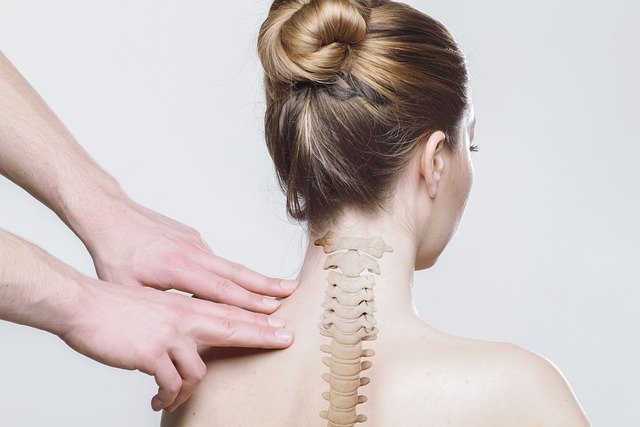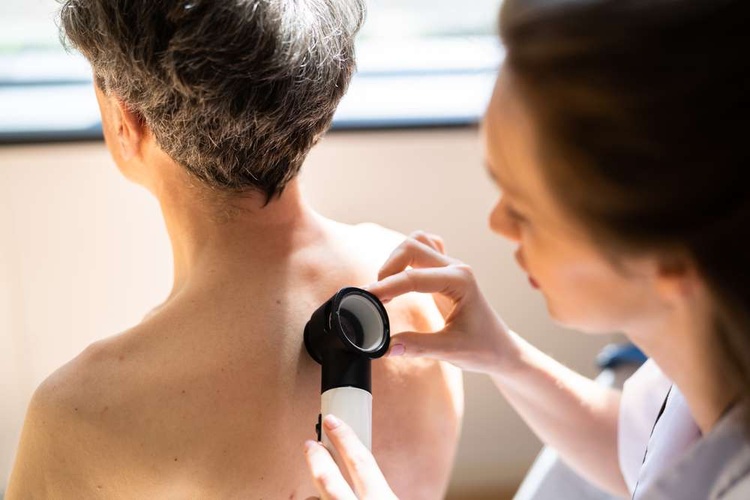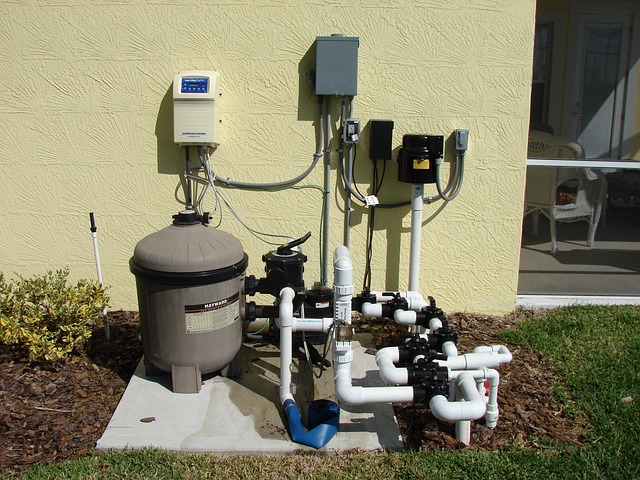Discover the Future of Dental Implants: Screwless Solutions for a New Era
The world of dental implants is evolving rapidly, and screwless solutions are at the forefront of this transformation. Designed to simplify procedures, enhance patient comfort, and improve long-term outcomes, these innovative systems eliminate the need for traditional screws—ushering in a new era of precision, aesthetics, and reliability in restorative dentistry.

Dental implants have long been considered the gold standard for replacing missing teeth, providing stability, functionality, and aesthetics that closely mimic natural teeth. Traditional implant systems rely on screws to secure the prosthetic components together. However, a new generation of dental implant technology is emerging that eliminates the need for screws, potentially offering advantages in terms of procedure simplicity, long-term stability, and patient comfort.
What Are Screwless Dental Implants?
Screwless dental implants represent an innovative approach to tooth replacement that eliminates the traditional screw mechanism used to attach the crown or prosthetic tooth to the implant base. Instead of using screws, these systems employ alternative connection methods such as friction-fit designs, locking tapers, or magnetic attachments. The implant body is still surgically placed into the jawbone where it integrates with the bone tissue through osseointegration, but the way the visible portion connects to this foundation differs significantly.
The technology behind screwless implants focuses on creating secure connections without the mechanical complexity and potential weaknesses associated with threaded components. Some systems use precisely engineered conical connections that lock together when pressed, while others employ specialized materials that create exceptional retention through surface characteristics. This fundamental redesign addresses several limitations of conventional screw-retained systems while maintaining the core benefits of dental implants.
Why Are Screwless Implants Becoming a Popular Choice?
The growing popularity of screwless dental implants stems from several key advantages they offer to both patients and practitioners. For patients, these systems often result in less chair time and potentially fewer complications. The elimination of screw access holes improves aesthetics, particularly in visible areas of the mouth where traditional screw access points might compromise the natural appearance of replacement teeth.
Dental professionals are increasingly recommending screwless options due to their streamlined clinical workflows. The simplified connection mechanisms can reduce the number of components needed and minimize the precision challenges associated with screw-retained restorations. Additionally, the absence of screws eliminates concerns about screw loosening or fracture—complications that sometimes necessitate additional appointments and interventions with traditional implant systems.
The dental industry’s shift toward minimally invasive, patient-centered care has also contributed to the rising interest in screwless designs. As patients become more informed about their treatment options, many are specifically requesting solutions that offer greater convenience, comfort, and long-term reliability—qualities that well-designed screwless systems aim to provide.
How Do Screwless Implants Work?
Screwless dental implant systems function through innovative connection mechanisms that secure the prosthetic components without traditional threaded fasteners. The most common designs employ precision-engineered tapered interfaces that create a secure mechanical lock when the components are pressed together. These tapered connections distribute forces more evenly across the entire connection surface, potentially reducing stress concentration points that can lead to component failure.
Some advanced screwless systems utilize the principle of cold welding, where two extremely clean, precisely machined metal surfaces form molecular bonds when pressed together under sufficient pressure. Others incorporate specialized surface treatments or materials that enhance retention through increased friction or even subtle material deformation that creates a locking effect.
The restoration process typically involves placing the implant base into the jawbone, allowing for healing and osseointegration, then attaching an abutment using the screwless connection mechanism. The final crown or prosthetic tooth is then secured to this abutment—either through another screwless connection or using traditional dental cements, depending on the specific system design.
Comparing Screwless and Traditional Dental Implants
When evaluating screwless versus traditional screw-retained dental implants, several key differences become apparent across various performance aspects. These distinctions help patients and clinicians determine which option best suits specific clinical situations.
| Feature | Screwless Implants | Traditional Screw-Retained Implants |
|---|---|---|
| Connection Mechanism | Friction-fit, locking taper, or magnetic | Threaded screws |
| Aesthetics | No screw access holes | May have visible access holes |
| Retrievability | Varies by system (some less retrievable) | Generally easier to remove for maintenance |
| Technical Complexity | Often simpler chairside procedure | More components and technical steps |
| Stress Distribution | More even force distribution | Potential stress concentration at screw |
| Risk of Loosening | Minimal risk of connection loosening | Periodic screw tightening may be needed |
| Cost Range | $2,000-$5,000 per tooth | $1,800-$4,500 per tooth |
Prices, rates, or cost estimates mentioned in this article are based on the latest available information but may change over time. Independent research is advised before making financial decisions.
The clinical decision between these systems often depends on factors like the location of the missing tooth, the patient’s bite forces, aesthetic requirements, and the clinician’s experience with different systems. While screwless designs offer compelling advantages, traditional screw-retained implants remain appropriate for many clinical scenarios and continue to have a strong track record of long-term success.
The Key Benefits of Screwless Dental Implants
Screwless dental implant systems offer several distinct advantages that contribute to their growing adoption in modern dentistry. The elimination of screw access channels results in improved aesthetics, particularly important for front teeth where even small compromises in appearance are noticeable. This design feature allows for more natural-looking restorations with uninterrupted surfaces and better color stability over time.
From a biomechanical perspective, screwless connections often provide superior force distribution throughout the implant system. By avoiding the stress concentration points that can occur around screws, these designs may reduce the risk of component fracture or implant failure under repeated loading. The absence of screws also eliminates concerns about screw loosening—a relatively common complication that can lead to bacterial infiltration, inflammation, and potentially implant failure if not addressed.
Maintenance simplicity represents another significant benefit, as screwless systems typically have fewer components that could require service or replacement over time. For patients with limited manual dexterity or those who find detailed oral hygiene challenging, the smoother contours and absence of screw access points can facilitate easier cleaning around the implant restoration.
The future of dental implantology appears increasingly oriented toward screwless designs as manufacturers continue to refine these technologies. Ongoing research focuses on optimizing connection stability, developing new materials with enhanced properties, and creating digital workflows that maximize the precision of component fit. As these innovations mature, screwless implant systems may become the new standard for dental implant therapy, offering patients more convenient, durable, and aesthetically pleasing tooth replacement options.
This article is for informational purposes only and should not be considered medical advice. Please consult a qualified healthcare professional for personalized guidance and treatment.



